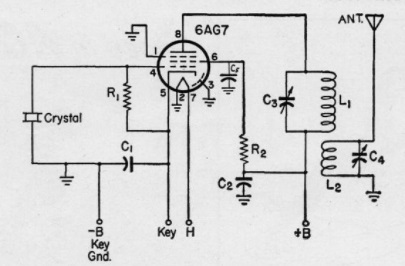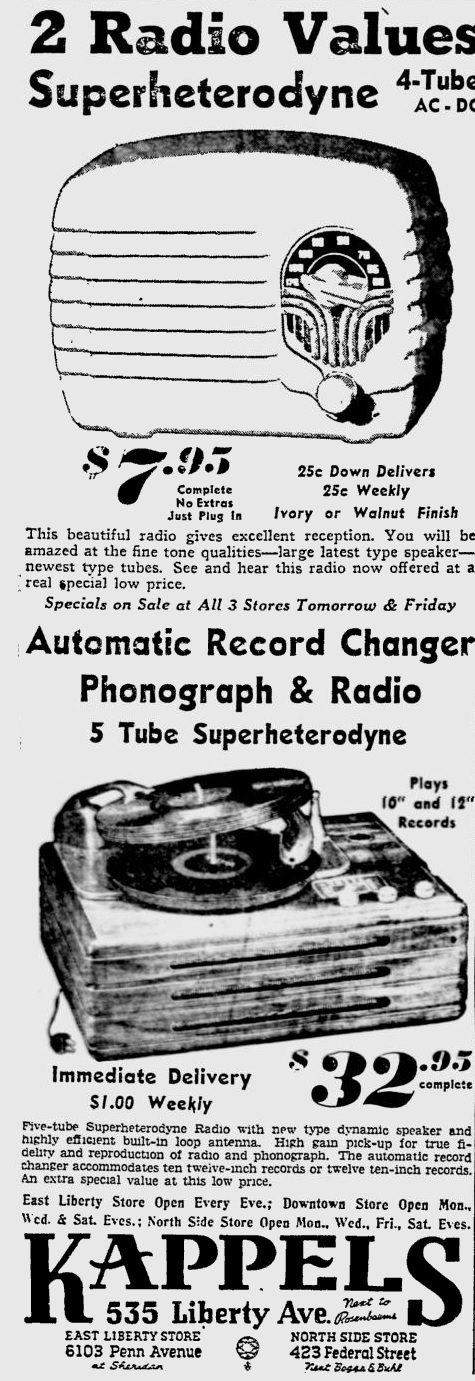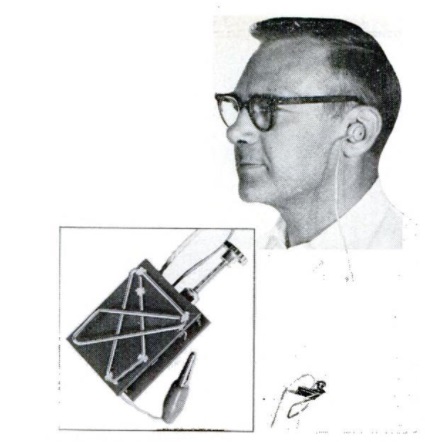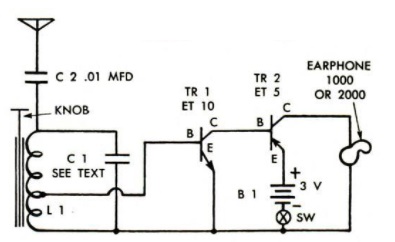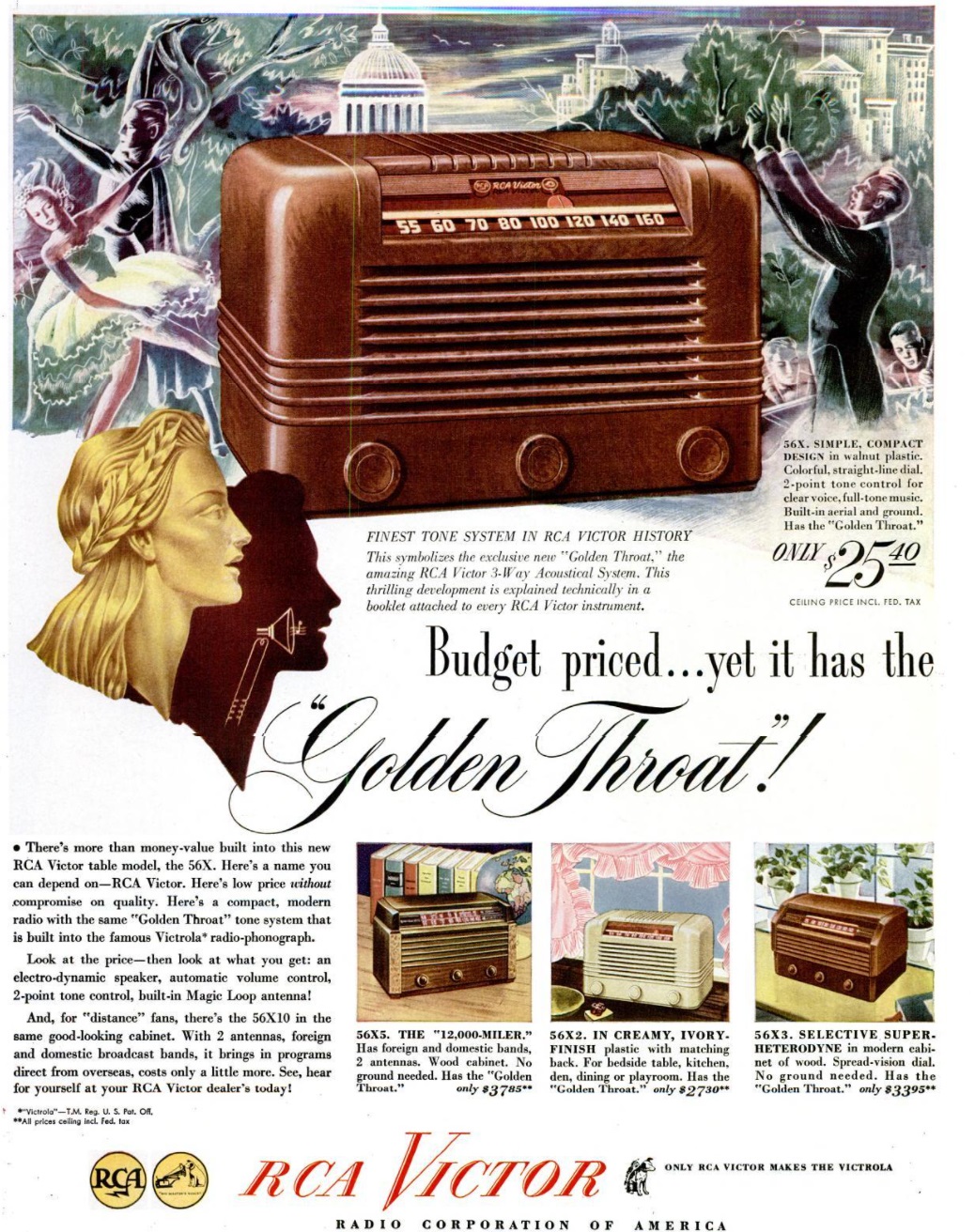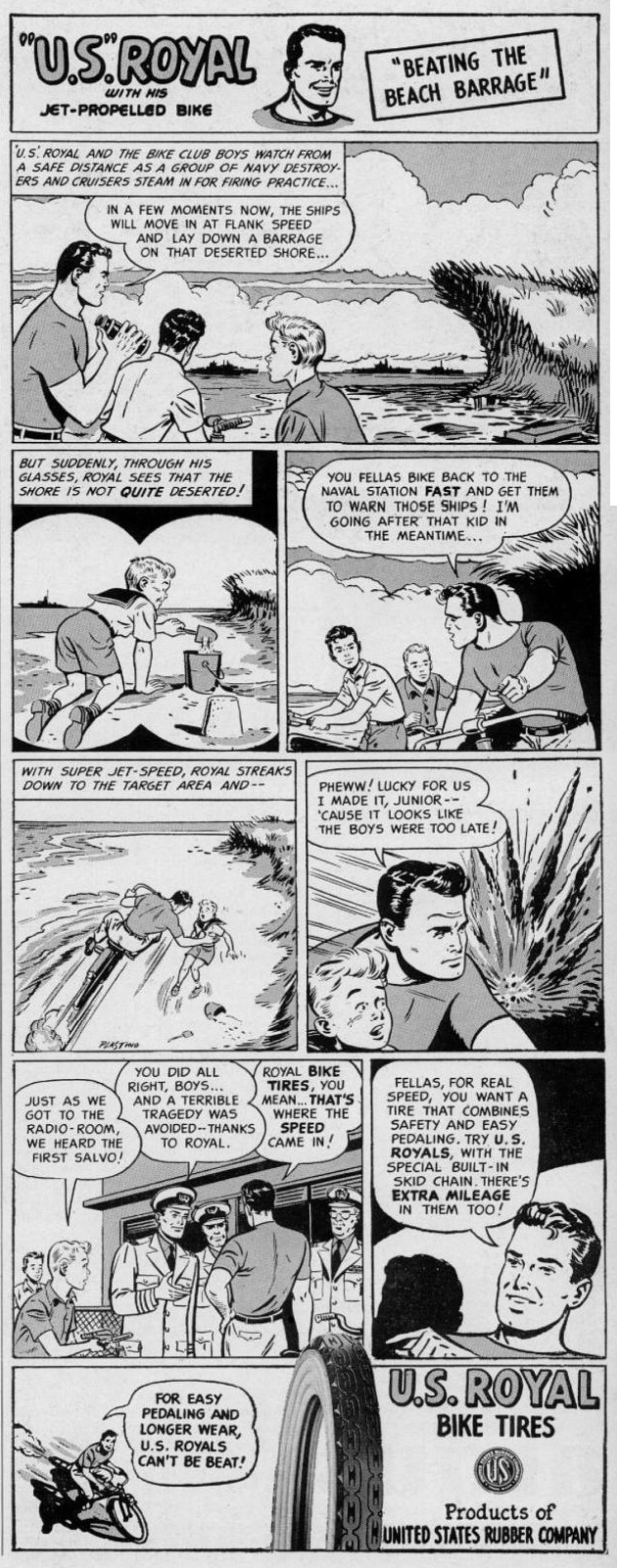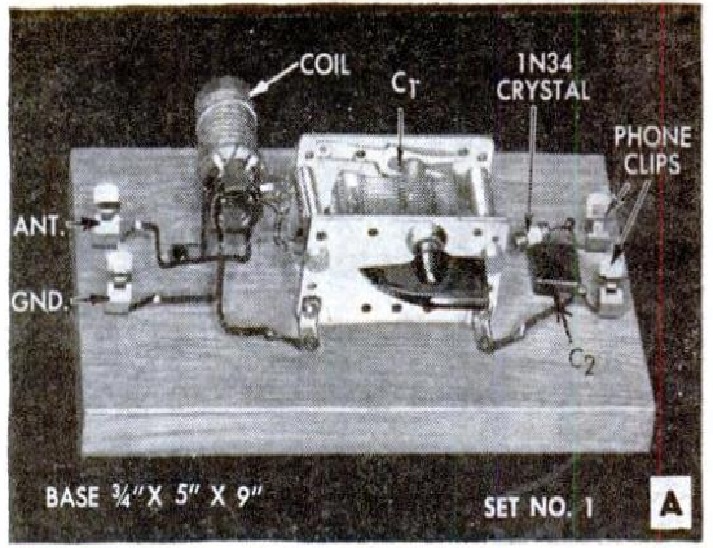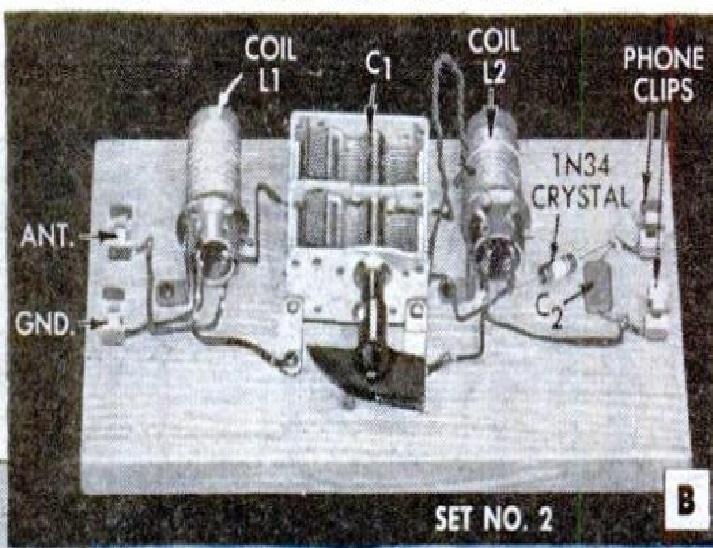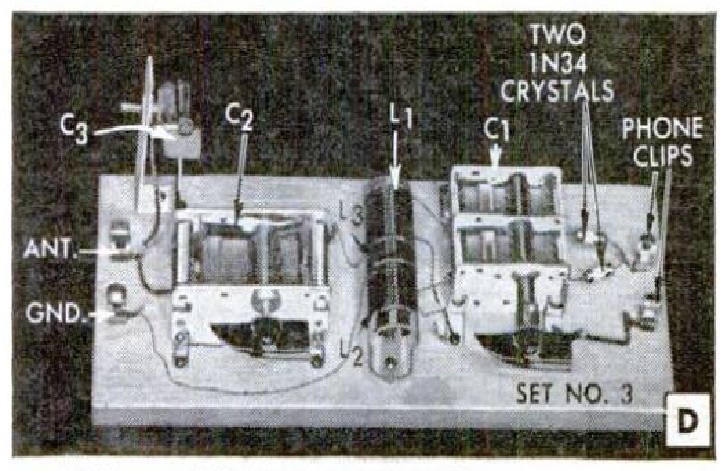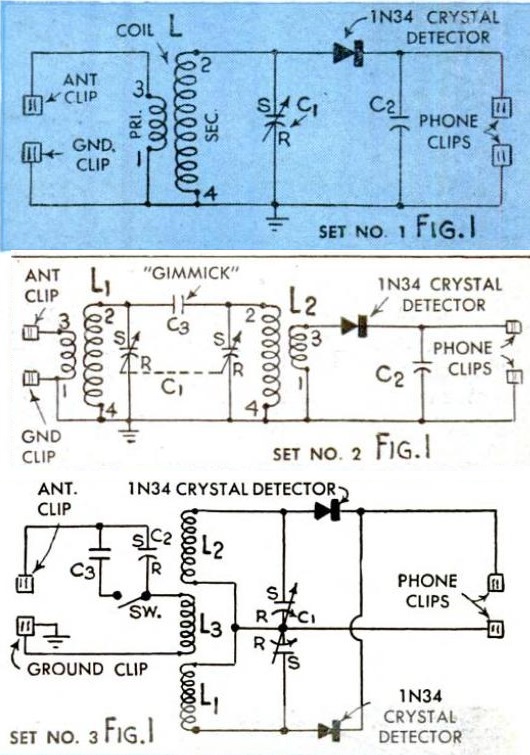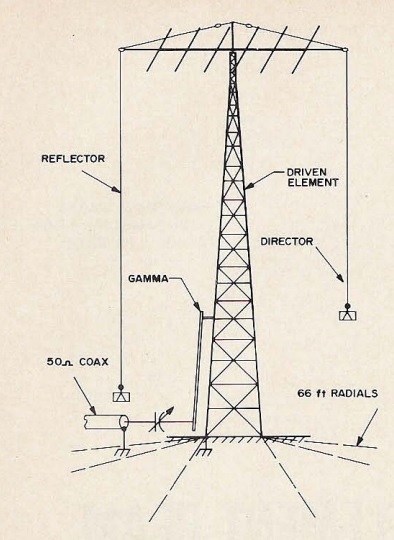 Fifty years ago this month, the November 1971 issue of 73 magazine carried an article by Doug Gaines, W4AXE, detailing these plans for a three-element beam for 75 meters (3800 kHz). From his Florida QTH, he was tired of being outdone by stations in the Northeast, and decided to do a single-band entry into a DX contest on 75 meters. After various experiments, he decided to build a temporary 3-element Yagi, using his 125 foot tower, which at the time contained a 20 meter beam.
Fifty years ago this month, the November 1971 issue of 73 magazine carried an article by Doug Gaines, W4AXE, detailing these plans for a three-element beam for 75 meters (3800 kHz). From his Florida QTH, he was tired of being outdone by stations in the Northeast, and decided to do a single-band entry into a DX contest on 75 meters. After various experiments, he decided to build a temporary 3-element Yagi, using his 125 foot tower, which at the time contained a 20 meter beam.
To manage this, he used the tower itself as the driven element, feeding it as shown with a gamma match, and with six quarter wave radials. The director and reflector consisted of vertical wires hanging from outriggers on the ends of the 20 meter beam, weighted down with bricks.
One incident involving the parisitic elements being tangled with the tower convinced him that the antenna should be turned slowly and only when necessary, but the system did work, and he reported 9 dB gain into Europe. The front-to-side ratio was 30 dB, and the front-to-back was 16 dB.
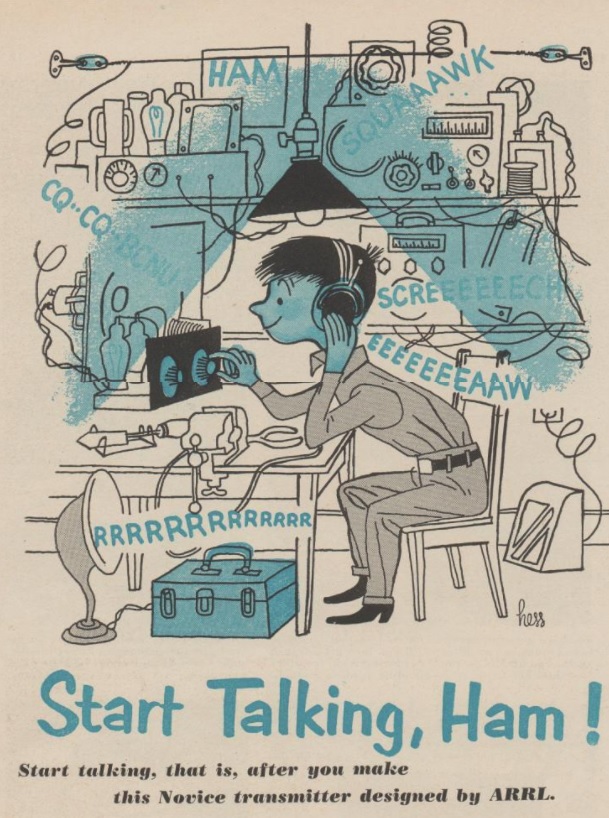
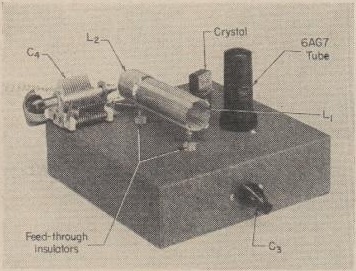 Seventy years ago, the Novice license was new, and Boys’ Life took full advantage by showing scouts how they could get on the air. The January 1952 issue showed how to put together the one-tube 80 meter CW transmitter shown here. A previous issue had shown a suitable receiver, and the next month’s issue would show the power supply and antenna.
Seventy years ago, the Novice license was new, and Boys’ Life took full advantage by showing scouts how they could get on the air. The January 1952 issue showed how to put together the one-tube 80 meter CW transmitter shown here. A previous issue had shown a suitable receiver, and the next month’s issue would show the power supply and antenna.
